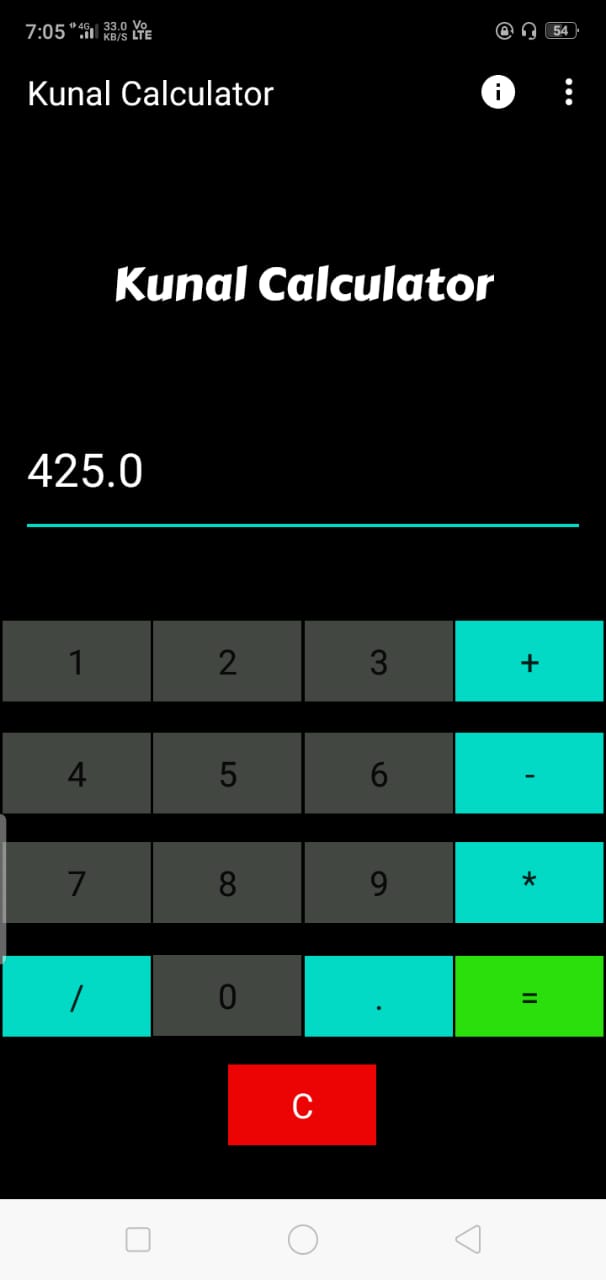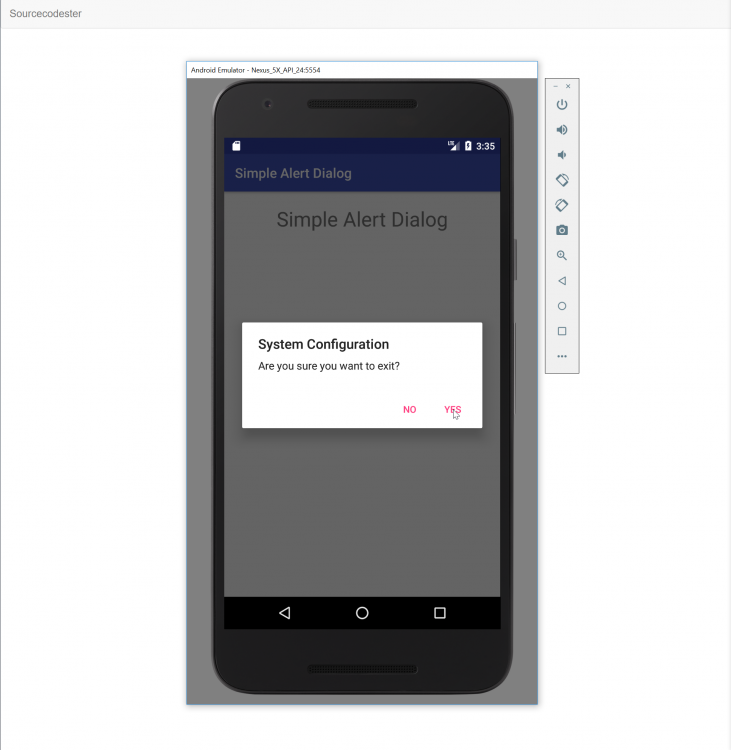


In the next screen, give a name to the OBJ file, make sure that the Triangulate Faces and Keep Vertex Order options are selected, and press the Export OBJ button. Therefore, go to File > Export > Wavefront (.obj). To be able to use the torus in our Android app, we must export it as a Wavefront OBJ file. We now have a fairly complex 3D object consisting of 576 vertices. Next, press Shift-A and select Mesh > Torus. It is open source, powerful, and very easy to learn.įire up Blender and press X to delete the default cube. Using 3D modeling tools instead is far easier. Create a 3D ObjectĪlthough it is possible to create 3D objects in Java by hand-coding the X, Y, and Z coordinates of all their vertices, doing so is very cumbersome.

MySurfaceView = (GLSurfaceView)findViewById(R.id.my_surface_view) Īdditionally, we must call the setEGLContextClientVersion() method to explicitly specify the version of OpenGL ES we'll be using to draw inside the widget. Initializing a GLSurfaceView widget inside an Activity class is as simple as calling the findViewById() method and passing its id to it. You'll learn what a projection matrix is in a later step. If you must use a rectangular canvas, do remember to include its aspect ratio while calculating your projection matrix. Doing so is important because the OpenGL ES coordinate system is a square. Note that we've made the width of our widget equal to its height. For the app we will be creating in this tutorial, GLSurfaceView will suffice.Īdding a GLSurfaceView widget to your layout file is no different from adding any other widget. Most developers prefer using GLSurfaceView, and choose TextureView only when they intend to overlay their 3D graphics on another View widget. The Android framework offers two widgets that can act as a canvas for your 3D graphics: GLSurfaceView and TextureView. Therefore, add it as a compile dependency in your app module's adle file: compile 'commons-io:commons-io:2.5'Īdditionally, in order to stop Google Play users who do not have devices that support the OpenGL ES version you need from installing your app, add the following tag to your project's manifest file: 3. In this tutorial, however, we'll be using the Apache Commons IO library to read the contents of a few text files.
#USE PHONE IN ANDROID STUDIO DEVELOPER CODE#
It is also worth mentioning that the Android SDK and NDK together allow you to write OpenGL ES-related code in both Java and C.īecause the OpenGL ES APIs are a part of the Android framework, you don't have to add any dependencies to your project to be able to use them. Instead, while working with it, you are expected to manually manage tasks such as creating the individual vertices and faces of 3D objects, calculating various 3D transformations, and creating different types of shaders. In other words, it doesn't offer any methods that allow you to quickly create or manipulate 3D objects. OpenGL ES, short for OpenGL for Embedded Systems, is a subset of the API. OpenGL, which is short for Open Graphics Library, is a platform-independent API that allows you to create hardware-accelerated 3D graphics.
#USE PHONE IN ANDROID STUDIO DEVELOPER SOFTWARE#


 0 kommentar(er)
0 kommentar(er)
